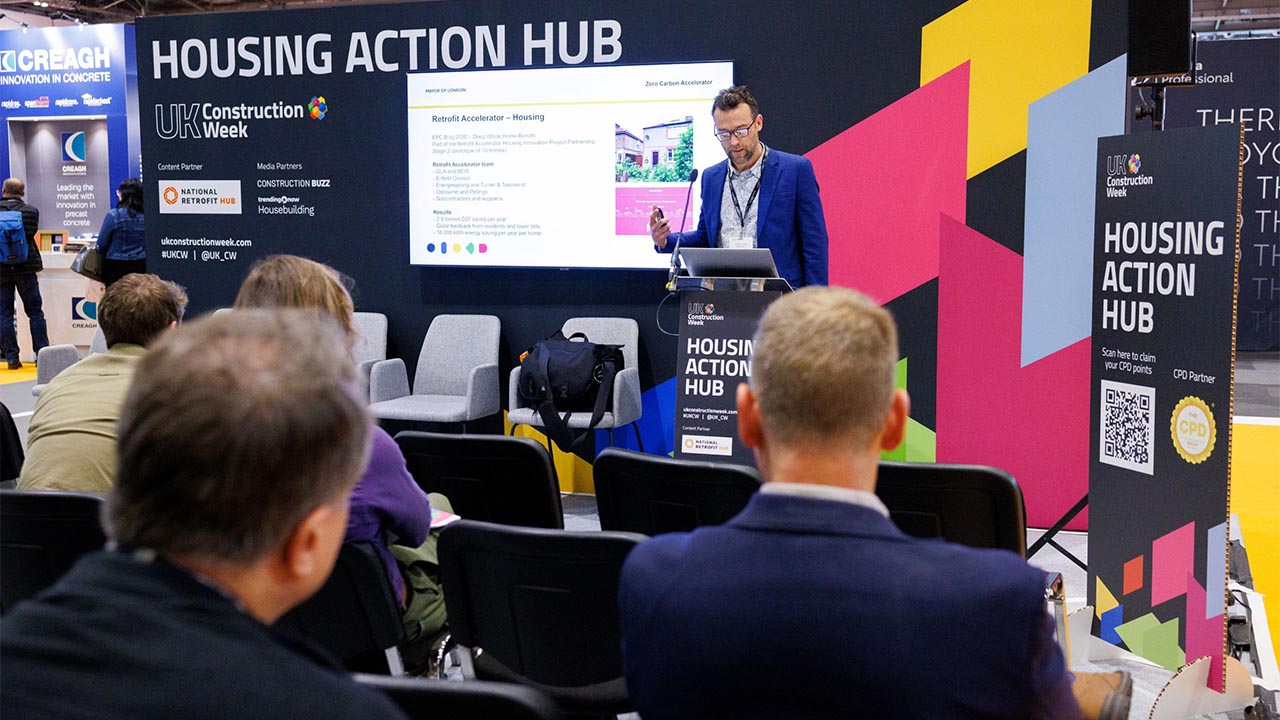A summary of recent developments in the real estate sector impacted by COVID-19 including landlord and tenant impacts and the future of the workspace, the implications of the increasing use of drones, and the impact of Japanese knotweed in UK property transactions.
There’s a bigger storm coming
In April, the government published a Call for Evidence on the ban of the use of forfeiture and the restrictions in place on the Commercial Rent Arrears Recovery (CRAR).
On 16 June and in partial response to the Call for Evidence, the government announced further extensions to the ban of the use of forfeiture, the restrictions in place on the CRAR, and the restrictions on statutory demands and winding-up petitions. Some of these restrictions have been extended to March 2022. Other measures announced include the introduction of a compulsory arbitration process to enable both landlords and tenants to agree a legally binding agreement in circumstances where an agreement cannot be reached.
Contacts: Angela Bhaseen, Sanam Hussain, Miran Bahra and Amanda Hanmore
Related item: There’s a bigger storm coming
New era, new workplace
The COVID-19 vaccine is successfully being rolled out and lockdown is due to be lifted later this month. The unpredictability of our ever changing environment means employers have to consistently consider their options with regards to office spaces, the continued use of masks and social distancing.
Reports suggest that there was a sharp increase in London’s office market in the final quarter of 2020 with pent up investor demand as confidence in the office market returned due to the successful vaccine roll out. This reinforces the belief that we are not quite ready to close office doors permanently. Given the success of remote working, we will see a more flexible and hybrid work style with a mixed percentage of remote and office based working practices.
As we return to the office, landlords and tenants may consider reconfiguring and better utilisation of existing office space. The driver of returning to the office is to have face to face collaboration. This may mean having more meeting rooms for colleagues as well as clients to allow team working. Landlords and tenants may also consider creating collaborative work stations and break out areas.
For some companies, remote working has meant a large office may be surplus requirements and lease re-gearing may be the answer to renegotiate existing terms. Whilst there may be a decline to occupy office spaces, we could see a shift to redevelop and convert offices to residential spaces by taking advantage of permitted development rights under the new Town and Country Planning (General Permitted Development) (England) (Amendment) (no.3) Oder 2020 (SI No. 756).
Contacts: Angela Bhaseen, Neha Gafu and Amanda Hanmore
Related item: New era, new workplace
Birdseye view of drones – Part 2: the small print, the key issues
Further to our earlier article, we consider the red tape surrounding the use of drones in the real estate sector and the wider implications on operators and pilots. Currently and under the retained EU law, there are three categories when flying drones – open, specific and certified.
For real estate marketing purposes, you can operate under the open category and obtain high quality footage (if the drone was operated 50m away from uninvolved persons). For more complex flight operations that require longer flight times and higher quality video footage/analysis, this is more likely to fall within the specific category.
From 1 January 2023, the new classification system for drones placing them in classes from C0-C4 will come into effect. Drones falling within these classes will have to meet certain standards. How they will be able to be operated will depend on the specific class they fall within.
Data protection will also play a key part in the future of drones as the technology becomes more advanced. How that data is captured and processed will be significant.
Contacts: Angela Bhaseen, Stuart Farlow and Amanda Hanmore
Related item: Birdseye view of drones – Part 2: The small print, the key issues
Japanese knotweed: has its reputation grown out of control?
Japanese knotweed, an invasive plant that is notoriously hard to remove, has gained a lot of bad publicity due to its perceived damage to property. Lenders are reluctant to lend on property effected, the value of properties are affected by it and potential nuisance claims (where it affects neighbouring land) have increased.
However, a key finding from the House of Commons Science and Technology Select Committee’s Report 2019 is that this significant negative perception may be disproportionate to the actual physical damage caused by knotweed. As such, the current legislation, guidance and perception of knotweed may need to change.
This question of proportionality was further considered by the Defra (Department for Environment, Food and Rural Affairs) Report, September 2020 (the Defra Report). The Defra Report focused on the international approach to Japanese knotweed in the context of property sales. It found many international countries do not place a great emphasis on whether knotweed affects a property and that lending decisions do not take knotweed into account. It further noted that the levels of regulation adopted in the UK was disproportionate to the effects of Japanese knotweed. Moreover, every UK lender has a different commercial approach to the sale of affected properties.
A scientific consensus combined with pooling evidence from remediation companies should help to provide more clarity as to the extent and impact of Japanese knotweed. If this is then reflected in UK legislation and the RICS framework to lenders, this will provide more clarity and certainty to ensure a proportionate approach to Japanese knotweed.
Contacts: Angela Bhaseen and Amanda Hanmore
Related item: Japanese knotweed – has its reputation grown out of control?









